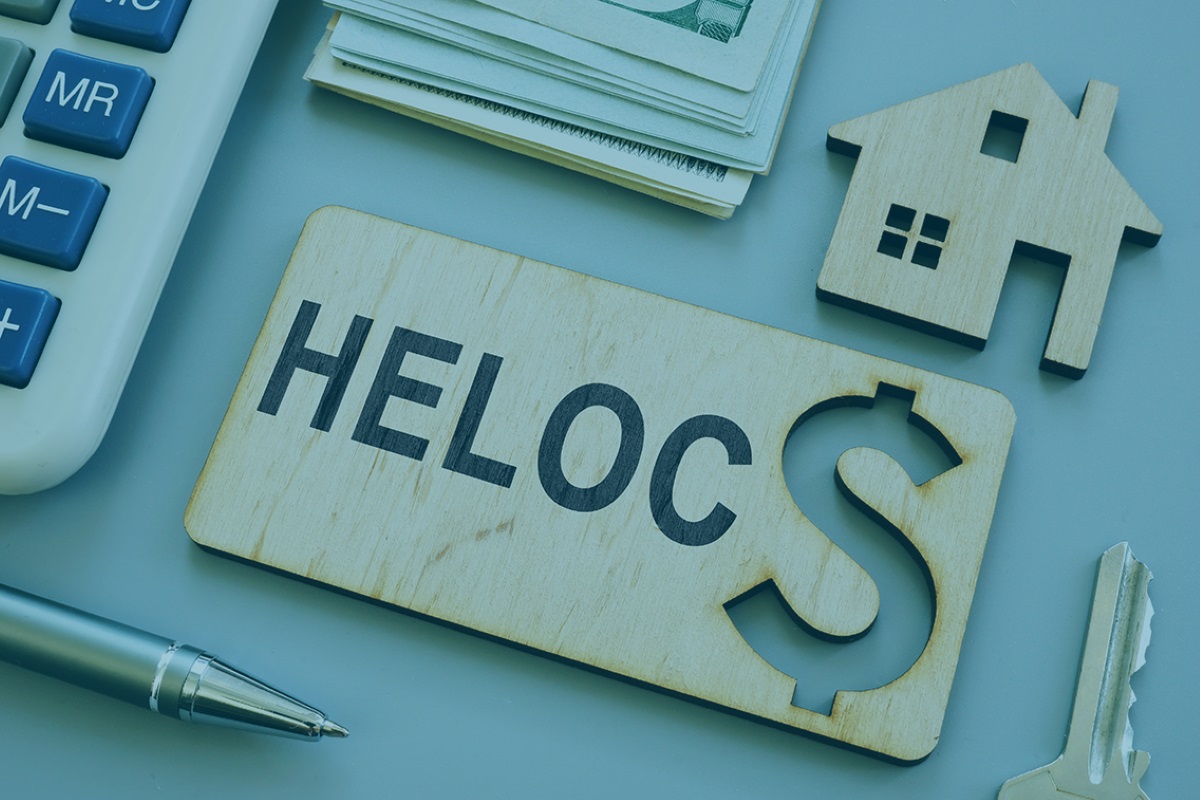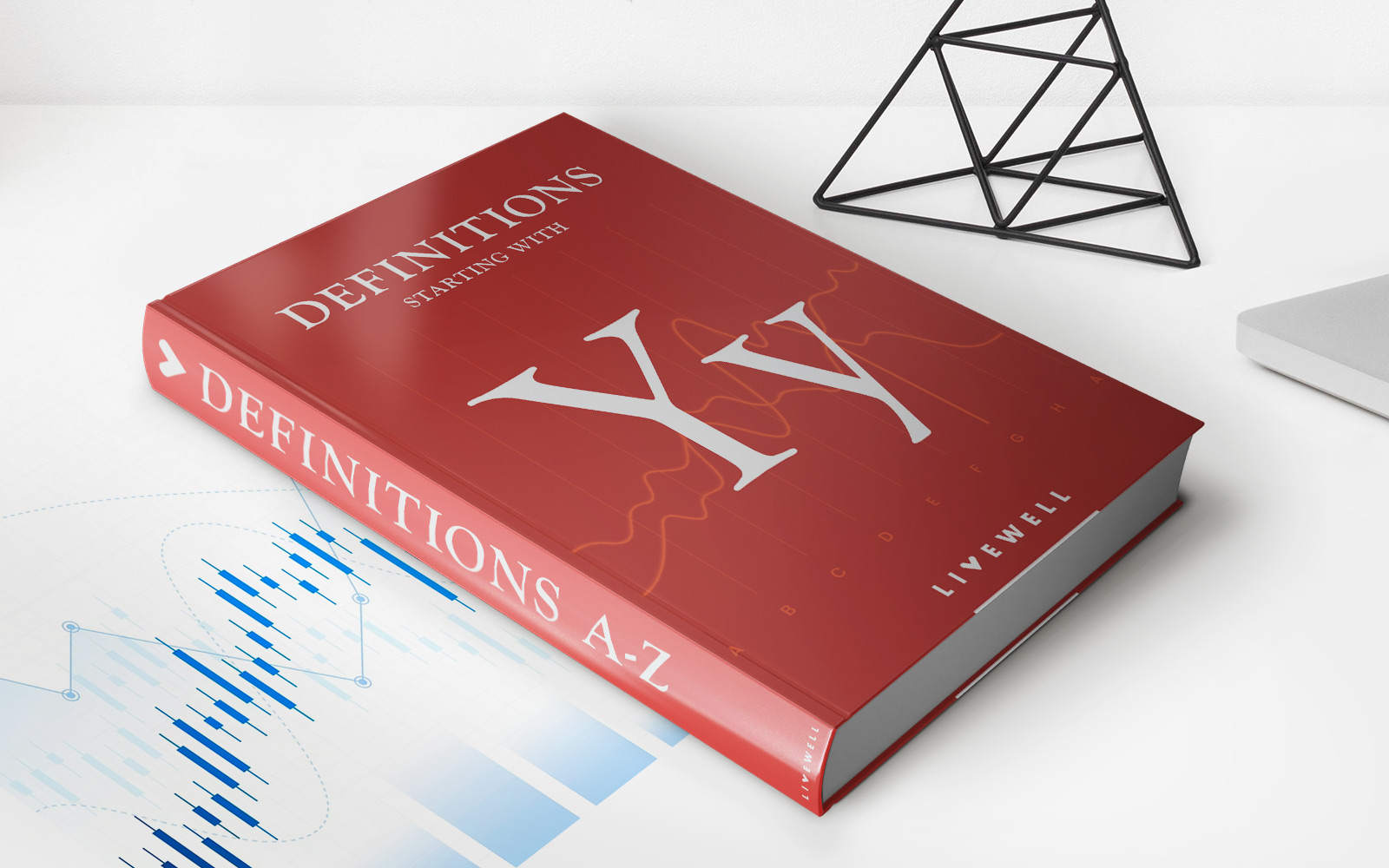

Finance
What Is The Minimum Payment On $500
Published: February 25, 2024
Learn about the minimum payment on a $500 finance, including tips for managing your finances and avoiding unnecessary interest charges. Understanding the minimum payment can help you make informed financial decisions.
(Many of the links in this article redirect to a specific reviewed product. Your purchase of these products through affiliate links helps to generate commission for LiveWell, at no extra cost. Learn more)
Table of Contents
Introduction
Welcome to the world of personal finance, where understanding the dynamics of minimum payments is crucial for managing your financial well-being. In this article, we will delve into the concept of minimum payments, particularly focusing on the minimum payment on a $500 balance. Whether you're new to credit cards or seeking to gain a deeper understanding of financial management, this guide will provide valuable insights into the factors influencing minimum payments and how they are calculated.
Navigating the realm of minimum payments is an essential aspect of responsible financial management. Many individuals encounter credit card debt at some point in their lives, and comprehending the implications of minimum payments is instrumental in making informed decisions. By shedding light on the significance of minimum payments and exploring the factors that influence them, this article aims to empower readers with the knowledge to navigate their financial obligations effectively.
Understanding the minimum payment on a $500 balance involves delving into the intricacies of credit card terms, interest rates, and payment allocation. By unraveling these elements, we aim to equip you with the knowledge to make informed financial decisions and take control of your monetary obligations. Whether you're seeking to pay off your credit card balance or simply aiming to grasp the mechanics of minimum payments, this article will serve as a valuable resource in your financial journey.
Understanding Minimum Payments
Minimum payments represent the lowest amount that a credit card holder must pay each month to keep the account in good standing. While this may seem straightforward, it’s essential to comprehend the implications of making only the minimum payment, especially when dealing with a $500 balance. By paying only the minimum, you may incur significant interest charges and prolong the time needed to clear the debt.
When it comes to a $500 balance, understanding the dynamics of minimum payments is crucial. Making only the minimum payment on a $500 balance can result in a substantial portion of your payment going towards interest rather than reducing the principal balance. This can lead to a cycle of debt accumulation, making it challenging to escape the burden of credit card debt.
It’s important to recognize that minimum payments are typically calculated as a percentage of the outstanding balance, often ranging from 1% to 3% of the total amount owed. Additionally, the minimum payment may include any fees and the interest accrued during the billing cycle. By gaining insight into these components, you can grasp the impact of making minimum payments on a $500 balance and understand the long-term financial implications.
Understanding the consequences of minimum payments on a $500 balance is essential for making informed financial decisions. By gaining clarity on the potential pitfalls of paying only the minimum, you can take proactive steps to manage your credit card debt effectively. This knowledge empowers you to devise a strategy to pay off the $500 balance efficiently, ultimately regaining control of your financial well-being.
Factors Affecting Minimum Payments
Several factors influence the minimum payment on a $500 balance, each playing a significant role in determining the amount due each month. Understanding these factors is crucial for gaining insight into the dynamics of minimum payments and their implications for your financial obligations.
- Interest Rate: The interest rate on the credit card directly impacts the minimum payment. A higher interest rate can result in a larger portion of the minimum payment going towards interest rather than reducing the principal balance, prolonging the time needed to pay off the $500 debt.
- Outstanding Balance: The total amount owed, in this case, $500, directly influences the minimum payment. As the outstanding balance decreases, the minimum payment also decreases proportionally.
- Payment Terms: The specific terms and conditions of the credit card, including the minimum payment percentage and any fixed fees, play a crucial role in determining the minimum payment on a $500 balance.
- Accrued Fees: Any additional fees, such as late fees or over-limit fees, contribute to the minimum payment amount. It’s important to be aware of these fees to understand their impact on the total minimum payment.
By considering these factors, you can gain a comprehensive understanding of the elements that shape the minimum payment on a $500 balance. This knowledge empowers you to make informed decisions regarding your credit card payments and devise a strategy to manage and ultimately eliminate your debt efficiently.
Calculating the Minimum Payment on $500
Calculating the minimum payment on a $500 credit card balance involves considering various factors that contribute to the total amount due each month. Typically, credit card issuers determine the minimum payment as a percentage of the outstanding balance, often ranging from 1% to 3%, with additional components such as fees and accrued interest.
For example, if the credit card terms specify a minimum payment of 2% of the balance, the calculation would result in a minimum payment of $10 for a $500 balance. However, it’s essential to note that this amount may vary based on the specific terms and conditions of the credit card, including any fixed fees or interest rates.
When calculating the minimum payment on a $500 balance, it’s crucial to consider the implications of making only the minimum payment. By paying only the minimum, a significant portion of the payment may go towards interest, resulting in a prolonged repayment period and increased interest charges. This can ultimately lead to a cycle of debt accumulation, making it challenging to eliminate the $500 balance efficiently.
Understanding the calculation of the minimum payment on a $500 balance empowers individuals to make informed decisions regarding their credit card payments. By recognizing the impact of the minimum payment on the overall debt and the potential long-term consequences, individuals can devise a strategy to manage their credit card balance effectively and work towards financial stability.














